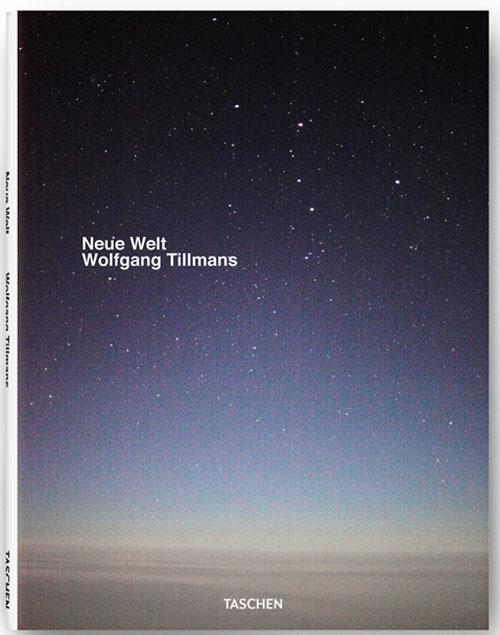Wolfgang Tillmans’ New World
by Natasha Wolff | August 8, 2012 12:00 am
Our minds are packed with preconceived notions when we look at any object, no matter how ordinary; we can’t help it. Artist Wolfgang Tillmans wants to change that.
 In the recently published Taschen[1] book Neue Welt (“New World”), Tillmans’ photographs, taken outdoors, seek to challenge interpretation. His choice of subject seems casual: a car headlight, an evening sky, garbage, an empty crab shell. “I look for objects that are telling something about the state we’re in without being overly obvious,” says the artist from his studio in Berlin. “Think about it—a thousand images could be taken before of this location or person or thing, but what I have done is captured this one moment, here and now.”
In the recently published Taschen[1] book Neue Welt (“New World”), Tillmans’ photographs, taken outdoors, seek to challenge interpretation. His choice of subject seems casual: a car headlight, an evening sky, garbage, an empty crab shell. “I look for objects that are telling something about the state we’re in without being overly obvious,” says the artist from his studio in Berlin. “Think about it—a thousand images could be taken before of this location or person or thing, but what I have done is captured this one moment, here and now.”
Tillmans was born in Remscheid, Germany, in 1968. His love affair with photography began early; he studied in England and documented the country’s youth culture of the early 1990s: clubs, street fashion. His work was picked up by magazines like Interview and London’s i-D at the same time it was being shown in galleries. He photographed director John Waters, artists Gilbert and George and model Kate Moss.
Fame came in 2000 when he became the first photographer—and first non-English artist—to win the Turner Prize, the British accolade bestowed by the Tate Museum to celebrate and promote new developments in contemporary art. Since then, exhibitions of his work have been held at the Tate Moder[2]n in London, the Hammer[3] in Los Angeles and the Guggenheim[4] in New York City.
“I feel fortunate that I grew up without a hierarchical distinction between pictures that were made with mechanical devices and those that were painted by hand,” Tillmans says. He was influenced by artists such as Andy Warhol and Robert Rauschenberg—“people who in some way or another used photography or silk screen for their works.” For Tillmans, the division between photography and painting is nonexistent—they are just different ways to create images. “My frame of reference is not just 120 years of photographic history; it’s nearly a thousand years of German picture making.”
Neue Welt is a book based on instinct. “A lot of viewers want to be told what to think, and many people feel they need to tell them,” Tillmans says. “There is this dictate to tell what the outcome is and what is important in this picture or that one; but to actually leave things open and not so prescriptive is much harder, even though it might look simple on first glance.”
Tillmans is, in essence, stating the obvious we have overlooked. He strips away the excess and gives us access through his dramatically different point of view. Neue Welt follows his 2005 book Trust Study Center, a collection of interior photographs. “It’s not that these books are about my work; they actually are my work,” Tillmans says. “This book I have designed front to back in every detail, and as such, I see it as the world itself. That’s what goes through this whole book—seeing these things for the first time.”
Neue Welt is available at taschen.com[5] (collector’s edition: $700; trade edition $40).
- Taschen: http://www.taschen.com/?gclid=CK3OlLvIwLMCFQGFnQodrg4AOQ
- Tate Moder: http://www.tate.org.uk/visit/tate-modern
- Hammer: http://hammer.ucla.edu/
- Guggenheim: http://www.guggenheim.org/
- taschen.com: http://www.taschen.com/
Source URL: https://dujour.com/culture/wolfgang-tillmans-new-world/